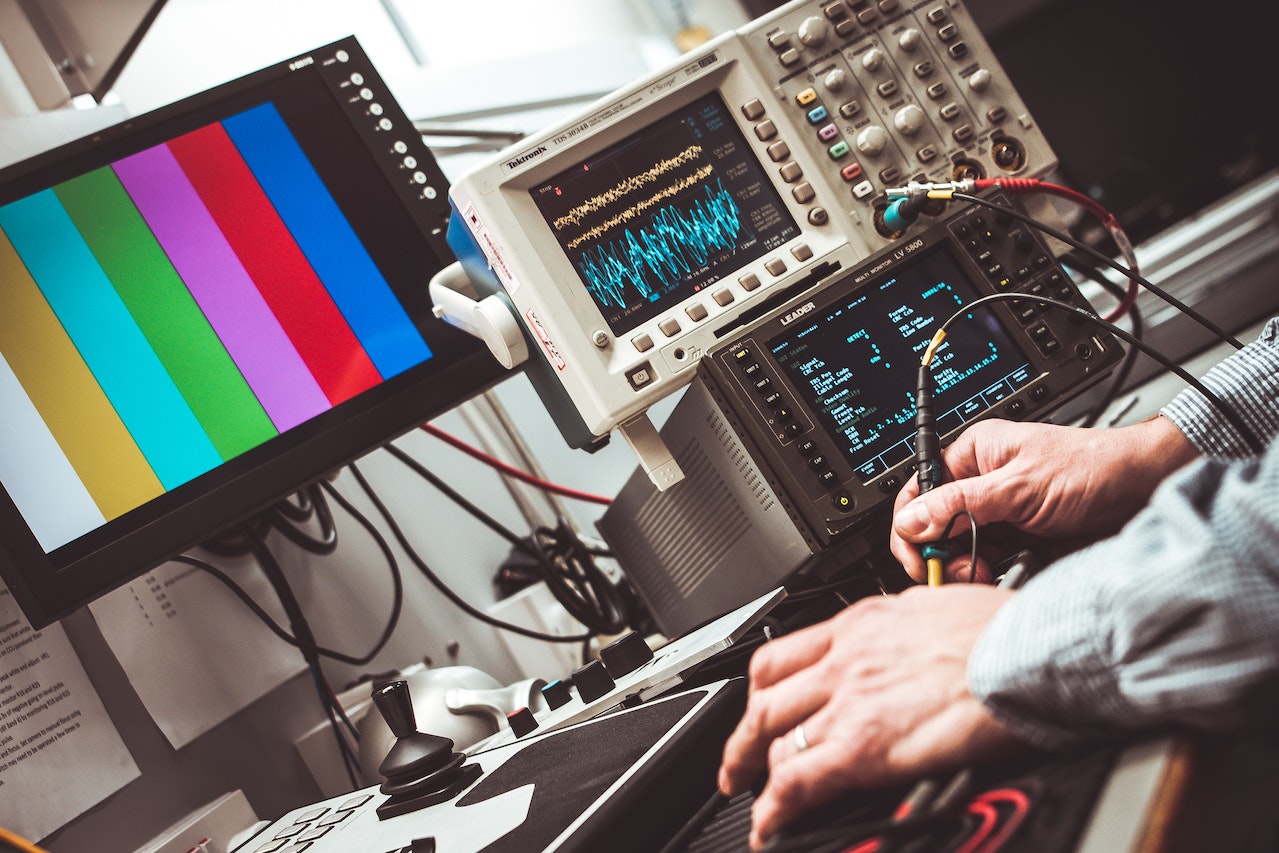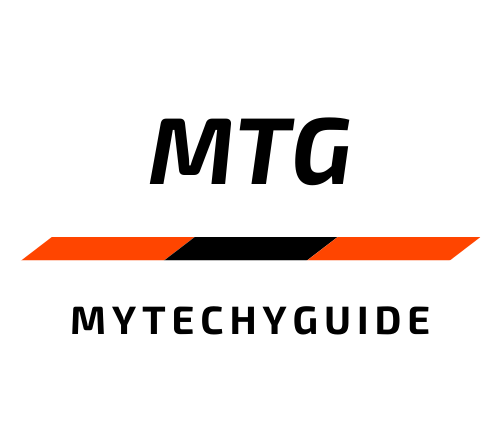Electronic data processing refers to the practice of refining to structure commercial data. It requires electronic devices, like computers, servers, or other devices to collect records for data processing electronically. This process lets you get deep into insights and summarize the output in the form that you may use easily.
However, data processing has been used for years. Initially, it was human who used to feed datasets physically to a computers or computing devices, such as punch cards. These devices run on applications, which produce results. These outcomes appear on those devices like punch cards, or print on paper.

Why Electronic Data Processing?
The volume of data is mounting like never before over years. Some experts believe that their volume will continue to oversize, producing hundreds of zettabytes, which are equal to trillions of gigabytes. This is happening because various corporations are adapting to digitisation. Moreover, there are multiple new technologies, which are producing datasets like never before.
Also Read: Xiaomi Mi Band 6 Fitness Bracelet Review: Specifications and Features
Do you know why people are running after data?
Because they are the source of information. You can draw insights, and then, get deep into them to discover numerous opportunities. Simply put, you learn, get better, and access to the next-level solutions. Although, it’s not sufficient to collect records and filter insights from a ton of records. You need tools and technologies to store, manage, and clean them. Manual resources are insufficient, or you can say inadequate, to handle this frequently rising volume. This is where Electronic Data Processing (EDP) comes in to support.
This method is lightning-fast and accurate to process datasets, analyse, and visualise results. Electronic methods are immensely efficient in capturing valuable and desirable records and insights related to different industries, market, customers, and competitors.
Advantages of EDP
There are multiple benefits associated with rapid processing and analysis. These can be related to volume, quick results, data capturing, and analysis.
With the help of various EDP tools, you see an immensely low cost of business intelligence (BI). Now that these tools are available, the cost of physical storage, printing, and transport is no more there. These are a few benefits of EDP.
If you consider user-friendly search options, some EDP tools can automatically do and optimize workflows. They ensure you to collaborate on projects and monitor the status of processing. This is how gaining insights for a specific purpose, like improving sales and branding, can be easy.
Also, you can present them in an understandable format, like using graphs, charts, etc.
Integrating such tools also minimizes manual effort. You get freedom from bad data, which lets you discover such decisions that are better and more feasible.
In storage also, it proves handy because you can access a vast quantity of records in a wink to discover feasible strategies.
All in all, the EDP introduces a ton of benefits.
Elements of Electronic Data Processing
By elements, you can discover how electronic datasets are collected and processed. It mainly involves four elements.
These data processing systems comprise four key elements.
Hardware
Hardware is a tangible part, which can be any devices or peripherals. It helps in pooling digital data. The following devices can be used for this process:
- end-user computing devices, such as laptop computers, desktop PCs and smartphones
- a central server to collect data for further processing
- audio and video devices to capture or scanning data from multimedia or images
- scanners to click the snapshot of paper-bound data
- barcode scanners and point-of-sale systems to capture product billing
- medical devices and sensors that pool patient data for diagnosis and treatment.
Software
These are intangible applications or programmed interface that help you to automatically produce results. You can explore multiple software for the following purposes:
- data entry
- accounting and bookkeeping
- analytics
- scheduling and time management
- inventory management
Procedures
This element defines the connectivity of hardware with software. As happens in the Extract, Transform, and Loading (ETL, which is also data processing), it involves steps like data collection, aggregation, conversion, formatting, analytics, and reporting.
Personnel
This is the last element, which involves people. It’s true that this process replaces manual effort with automatic processing. But, you cannot carry it out without any personnel. He or she initialises automation and shifts to data management and decision-making.
This is how an organisation carries out the processing of datasets.
Steps Involved in Electronic Data Processing
There are multiple steps involved in it.
Data collection
This is the process of pooling or gathering records from various sources. Beforehand, personnel look into the trust factor, relevancy, and quality of collected datasets. The source can be data warehouses, lakes, or any cloud storage where coding or scripting decodes the way to collect them.
Data preparation and conversion
Preparation here refers to gearing up raw data for the cleansing process. If a company does not have resources, it hires a professional to leverage the benefits of data cleansing outsourcing. With its assistance, multiple subsets like data enrichment, normalisation, standardisation, and aggregation like processes take place. This is how errors and redundant entries are removed to clean up the entire database. Moreover, the formatting is also corrected if required.
Data input
Once cleaned, the hygienic records are properly structured to forward into the destination software or tools, which can be a CRM or ERP platform. Furthermore, they are prepared to enter the transformation stage, which turns into useable information.
Data processing
There are some advanced electronic data processing tools or systems that are powered by Machine Learning models. These models are algorithms that continue to process and interpret clean records. For this step, a proper research is carried out prior to discover the type of data, source, and goals. This research guides to tap the best-fit method of processing, such as clustering, regression, decision tree, etc.
Data output
The processing delivers the result, which is then converted in to digitised format, which can be images or whatever. This can be done using Optical Character Recognition (OCR). Then, analysts find it easy to filter insights without putting many efforts.
Data storage
Now that you have the output, define storage. It’s a final step. If you want to use that intelligence for a specific time, ensure that you have cloud or any other alternative to store precious insights. Keep them encrypted and ensure that the storage provider abides by compliance like GDPR regulations.
Methods
There are several methods involved in this processing. Let’s discover them.
Time sharing
This is a technical method, which involves connectivity of a central computer with nodes or user terminals. It works like a shared network, where each user can connect with the central processing unit together with other users. This happens at the same time. A time slice is allocated to all users in a round-robin sequence. This is how the EDP system proactively controls time slot for each user.
Real-time processing
It’s like messaging that shows accurate and updated information as soon as it is entered. The system displays fresh data in real time and produce results instantly.
Multiprocessing
This processing executes the processing of many tasks simultaneously with the help of various processors on the very similar system. However, one processor is found in every system. But, more than that can indeed turn the entire processing faster.
Multitasking
Since this process consists of different processors, it is called multiprogramming. It happens at the same time. There may be a common resource for various tasks, which trigger parallel processing to go on in less time.
Batch processing
When the data collected in a batch for processing over a specific time, it is called batch processing.
Distributed processing
This method requires multiple computing devices to carry out processing electronically. Despite being distinct physically, the devices exchange data for processing, for instance ATM.
Also Read: The Ultimate Guide to Receiving SMS without a SIM card
Summary
Data processing can be carried out electronically, which is widespread these days. It involves various steps to introduce various benefits from data cleansing and other processes. It also involves various elements and steps.
